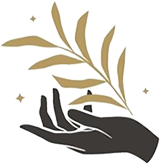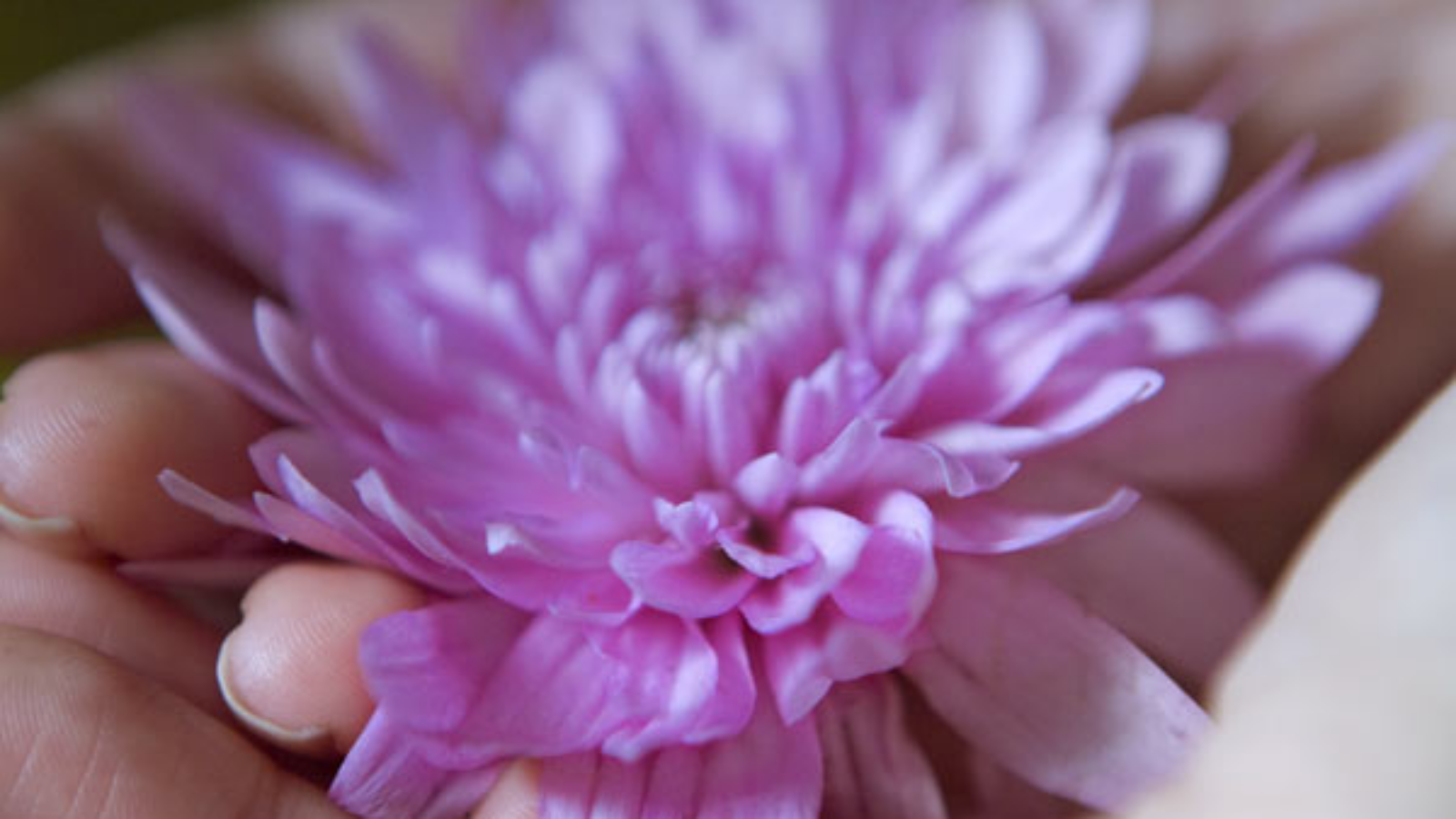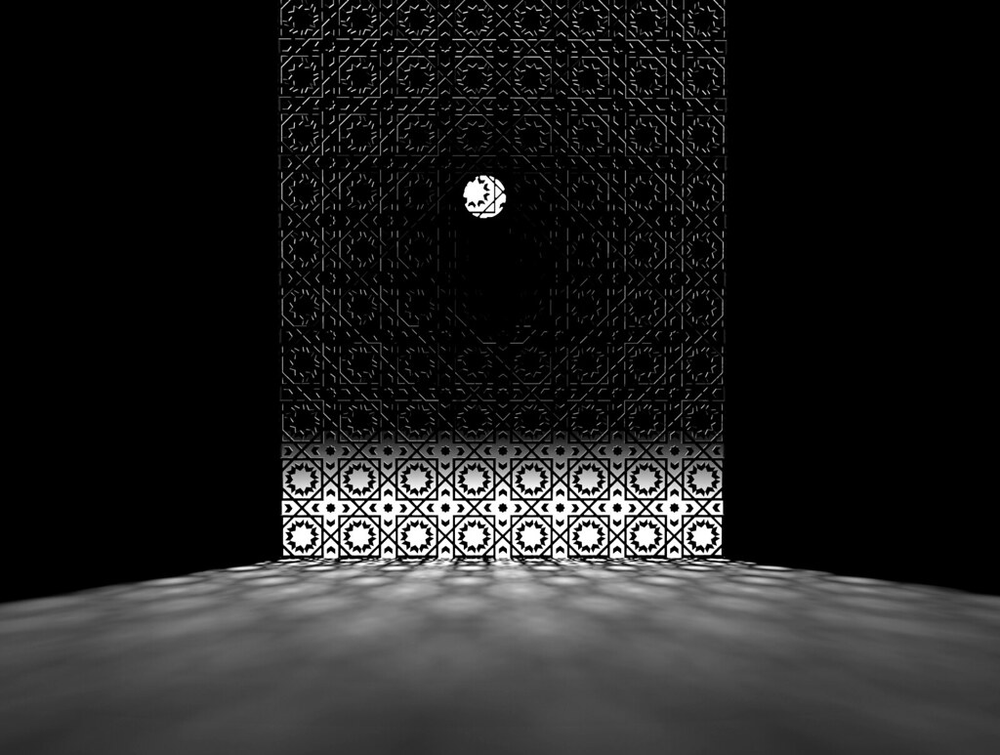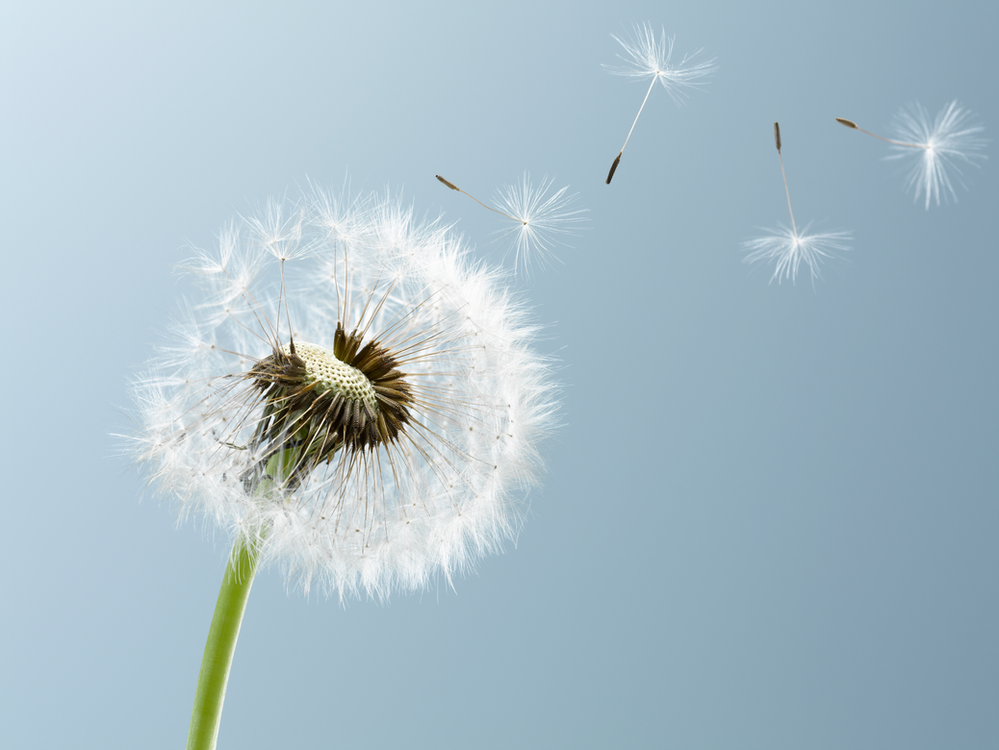It is easy to feel overloaded with life, like everything is just piling up in a never-ending stream of to-do’s. One of the best tools I have found to help regulate my feeling of “I need to accomplish x” is to track the flow of the seasons and align my energies with each one. Orienting myself at any given moment during the year is a powerful way to remind myself where the planetary gauge is, and give context to why I might be feeling the way I am feeling.
For example, knowing that December is the heart of the winter helps me feel empowered to rest deeply and just be, instead of trying to do. It is the time of year when I take note of my dreams and attune myself to the watery depths of my desires for the year to come.
Between each season is a natural return to center. Instead of thinking of the seasons as a circle with one flowing into the next without pause, think of the seasons as a distinct movement outwards from center in a certain direction followed by a return to center before another venture forward. Thinking of the seasons in this way helps us align with the natural fractal rhythm of nature’s most basic cycle, and serves as a reminder to always return to our center—to our bodies and our sensations—as the foundation for all exploration.

Tracking the Seasons in Our Nervous System
Tracking the seasons can also help us track our own nervous system and diagnose the place or places where we are most likely to get stuck.
In working with clients, I have noticed that people usually default to a pattern, or a couple of patterns, in their nervous system when they get triggered in a trauma response. For example, some folks are more prone to get activated and stay activated, spinning out and talking fast for a very long time. Others are more likely to shut down when they get triggered, going into a state of very low energy and awareness.
Each of these patterns corresponds with a movement—the energy and attention of the person is generally going one of the following ways: upwards, downwards, outwards, inwards, or staying in the center. These movements are easy to feel in your body simply by thinking of, for example, hot and cold. What happens when you think of hot? Does your attention and energy naturally want to move outwards or inwards? How about when you think of cold?
Our somatic senses are hard-wired to respond in predictable ways to such basic stimulus—expanding outwards to radiate excess heat away from us, and contracting inwards to preserve warmth in the cold. In the following infographic you can see the corresponding natural movement of each season.

Pause for a moment and reflect: where in this cycle do you usually find yourself when you are having a trauma response? Do you notice yourself getting angry and rising up? Or perhaps you notice yourself shutting down, going inwards, and staying there for a long time.

Of course, there can be infinite variations of what can happen in a person’s unique nervous system when we respond to trauma with many different layers and nuances to unpack. For example, when someone is stuck in grief from unresolved losses in their life, perhaps dating back even to their early childhood, the patterns in their nervous system are most likely going to be stuck moving downwards a lot of the time and mask any other pattern that may be going on underneath.
Creating Lasting Change
Tracking the movements of our inner and outer seasons—in the world and within our own nervous systems—creates an opportunity to learn to embrace change in a new way. When we understand our own patterns and tendencies, we can anticipate and accommodate our inner seasons. Just the same way as you learned to wear a jacket when it is cold outside, we can learn to give ourselves warmth when we feel ourselves shutting down. Just as many of us feel a natural urge to clean house during the spring, we can remember to clarify misgivings we may be having with others or with ourselves when we feel our anger rising up.
Diagnosing where we get stuck is not just a way to figure out what is wrong with us, it is also a way to figure out where our gifts lie. We all have access to all of the seasons, yet the place or places where our wounding lies hold special meaning for us. Because we have spent so much time “stuck” in a particular season, we often have a deeper understanding of the potential gifts it has to offer us.
Take some time to look through the graphic below and reflect: where do my deepest gifts lie? Is there a particular color or word that grabs your attention more than others? Something that feels most you?

Harnessing Our Superpowers
The place(s) where we get lost are the selfsame places where, ultimately, we get found.
Finding yourself isn’t just returning to a state of neutral health—it is stepping fully into your unique gifts and, yes, your superpowers. We all have them; there is no point in hiding and pretending to be “normal”—no one is. Our superpowers are best utilized when they are shared with our communities and with the world.
Each person, each season, has unique gifts to offer. Perhaps you are deeply empathic towards others’ emotions, can speak with ancestors, vision other worlds and dimensions, or hold universal wisdom in the silence of your breath. Perhaps your superpower is merely showing up for yourself. This is a rare gift that shall not go underappreciated.
Connecting with the seasons connects us with ourselves. Harmony with the nature outside is harmony with one’s own nature inside. The first step in bringing harmony is to have the courage and the space to look at yourself where you are now. It might not be pretty, and you might need a bit of help. That is okay, we all do.
If you find yourself interested and ready to take a deeper dive into your own seasons, reach out to us. We are here to connect.
Learn more about somatic therapy here.
—————————————————————————————————————————




